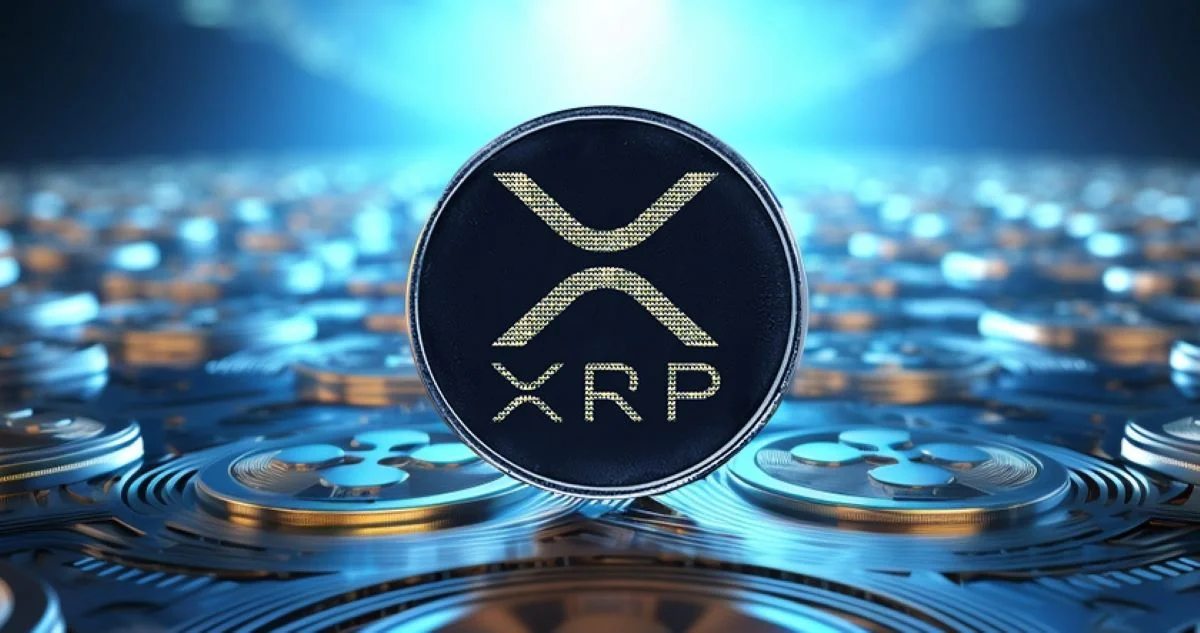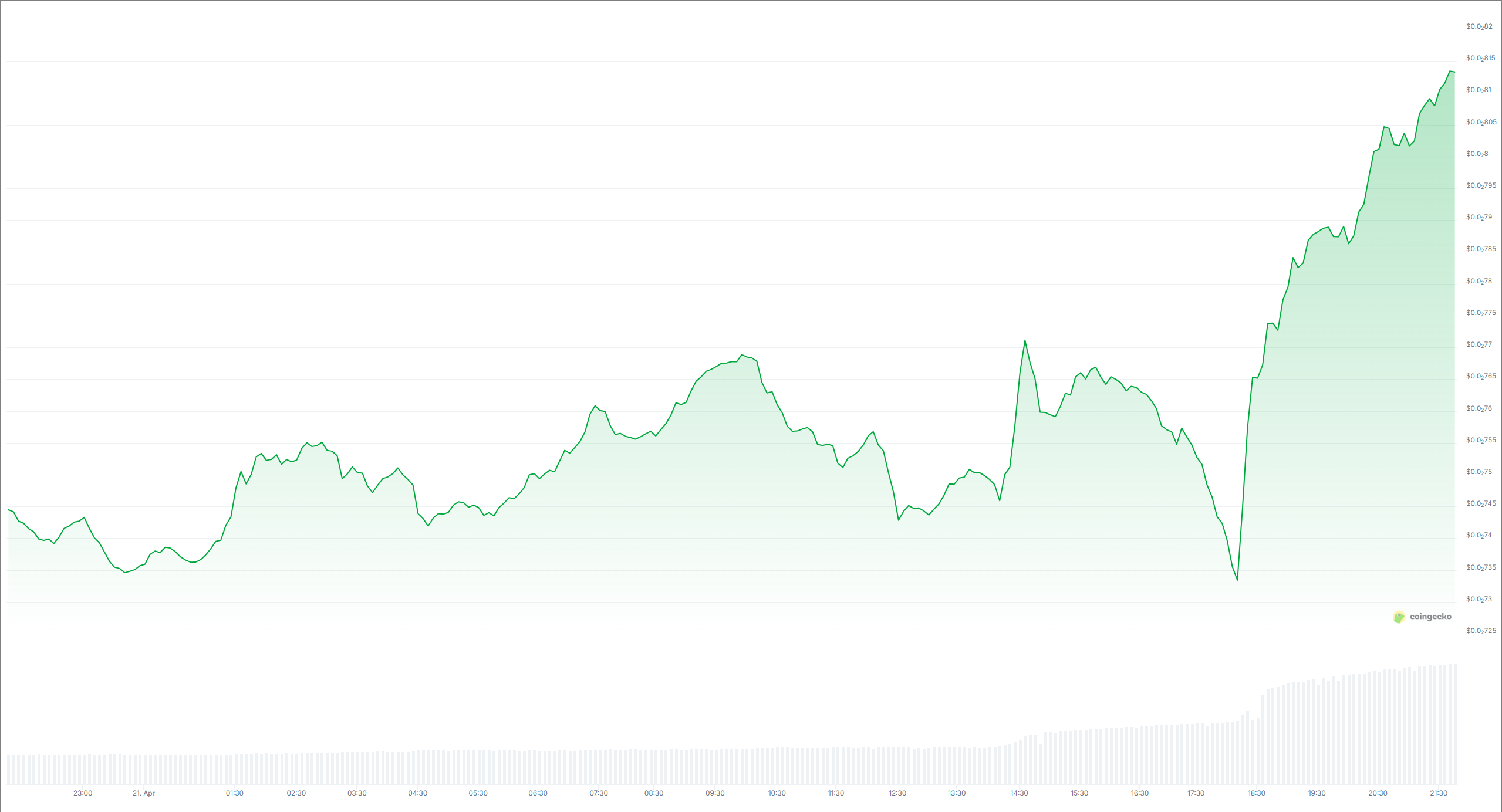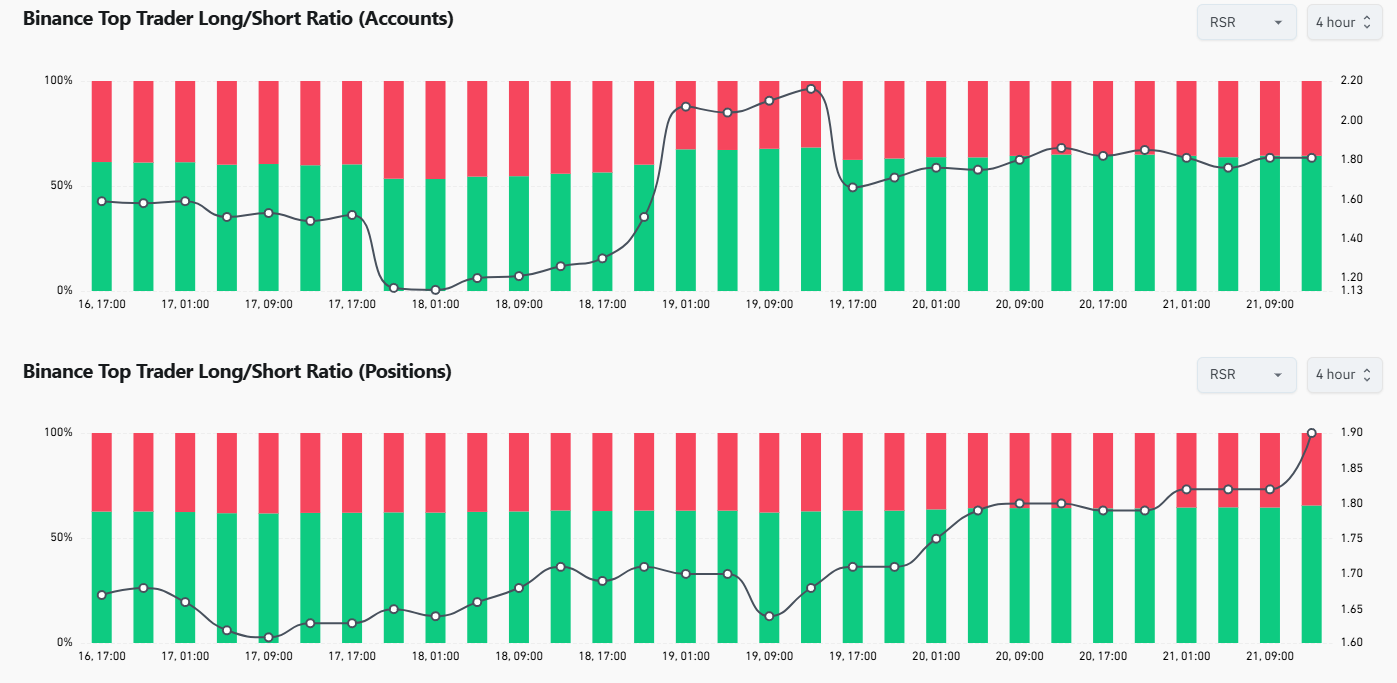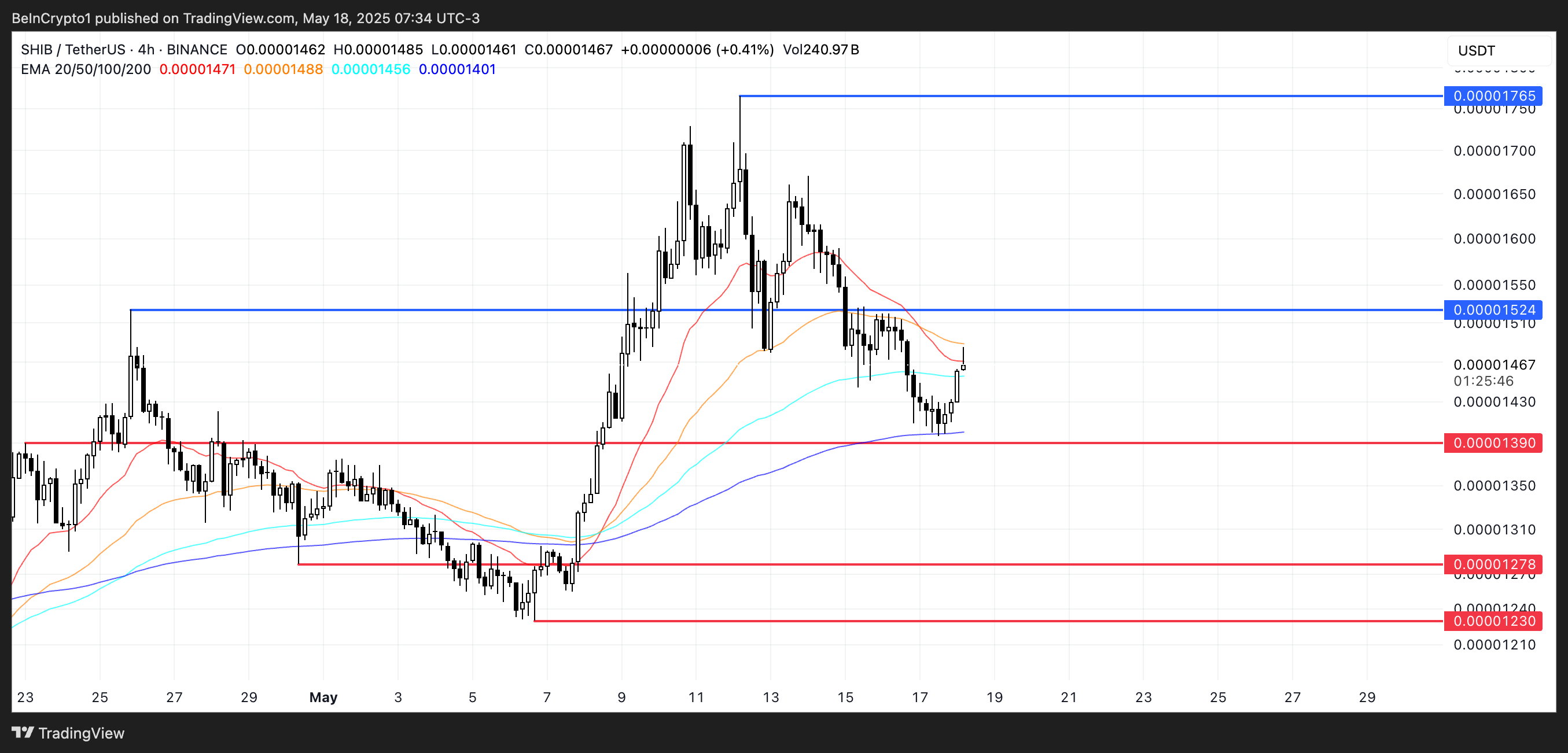Ripple has made waves in the crypto space with its relentless efforts to establish XRP as a leading force in the global financial landscape. As the company continues its pursuit of worldwide recognition, XRP has gained traction among institutional players, securing its spot as a key player in the cryptocurrency market. But the real question remains—can Ripple’s XRP replace SWIFT, the long-established leader in cross-border payments?
RippleNet vs. SWIFT – The Global Showdown
SWIFT (Society for Worldwide Interbank Financial Telecommunication) has long dominated the international payment system, processing 42 million messages daily across more than 11,000 financial institutions in over 200 countries. As of 2022, the global cross-border transaction market was worth a staggering $130 trillion, reflecting the sheer scale of SWIFT’s influence. But RippleNet, Ripple’s blockchain-based payment network, is challenging that dominance.
Launched as a faster, more efficient alternative to SWIFT, RippleNet has already partnered with over 300 financial institutions and processed billions in transactions by 2023. RippleNet uses blockchain to validate and authenticate payments, removing intermediaries and making transactions faster and cheaper. SWIFT, on the other hand, relies on the more traditional FIN method, which involves bank confirmations and can be slower.
The big question is whether RippleNet can replace SWIFT entirely—and what that could mean for the value of XRP.
Could XRP Hit New Highs?
If RippleNet succeeds in overtaking SWIFT in the global financial system, the impact on XRP’s value could be dramatic. XRP serves as the native token of RippleNet and is used to facilitate liquidity for cross-border transactions. This means that widespread adoption of RippleNet would drive up demand for XRP, potentially pushing its price to new heights.
Some analysts predict that if RippleNet captures a significant portion of the cross-border payments market, XRP could surpass the $10 mark. In more bullish scenarios, AI-generated forecasts suggest XRP could trade between $50 and $500, depending on the scale of its adoption and market conditions.
While these predictions remain speculative, Ripple’s growing partnerships and technological edge have positioned XRP as a major contender in the race to revolutionize global payments.
Ripple’s Path to Success
Ripple’s vision is clear: to modernize the world’s financial infrastructure by providing a faster, cheaper alternative to traditional payment systems like SWIFT. As regulatory clarity around cryptocurrencies improves, Ripple’s strategic efforts to expand its reach could lead to greater adoption of XRP among banks and financial institutions.
However, the road to displacing SWIFT will be challenging. SWIFT’s deep-rooted connections and trust within the financial world provide it with a solid defense against new competitors. But Ripple’s blockchain-based approach, combined with its institutional support, presents a viable threat to SWIFT’s reign.
Conclusion: The Future of Ripple and XRP
Ripple’s ambitious pursuit to become a dominant player in the global payment network is showing promise, but whether it can fully replace SWIFT remains uncertain. If RippleNet continues to expand and prove its superiority in speed and cost-efficiency, XRP could indeed soar to new highs, potentially transforming the future of cross-border transactions.
Also Read: Bitwise Files For XRP ETF – A First In Crypto Amid 80% Market Volatility!
As Ripple solidifies its place in the financial world, XRP remains a token to watch. Could this be the moment Ripple pushes XRP to the top of the cryptocurrency market?









